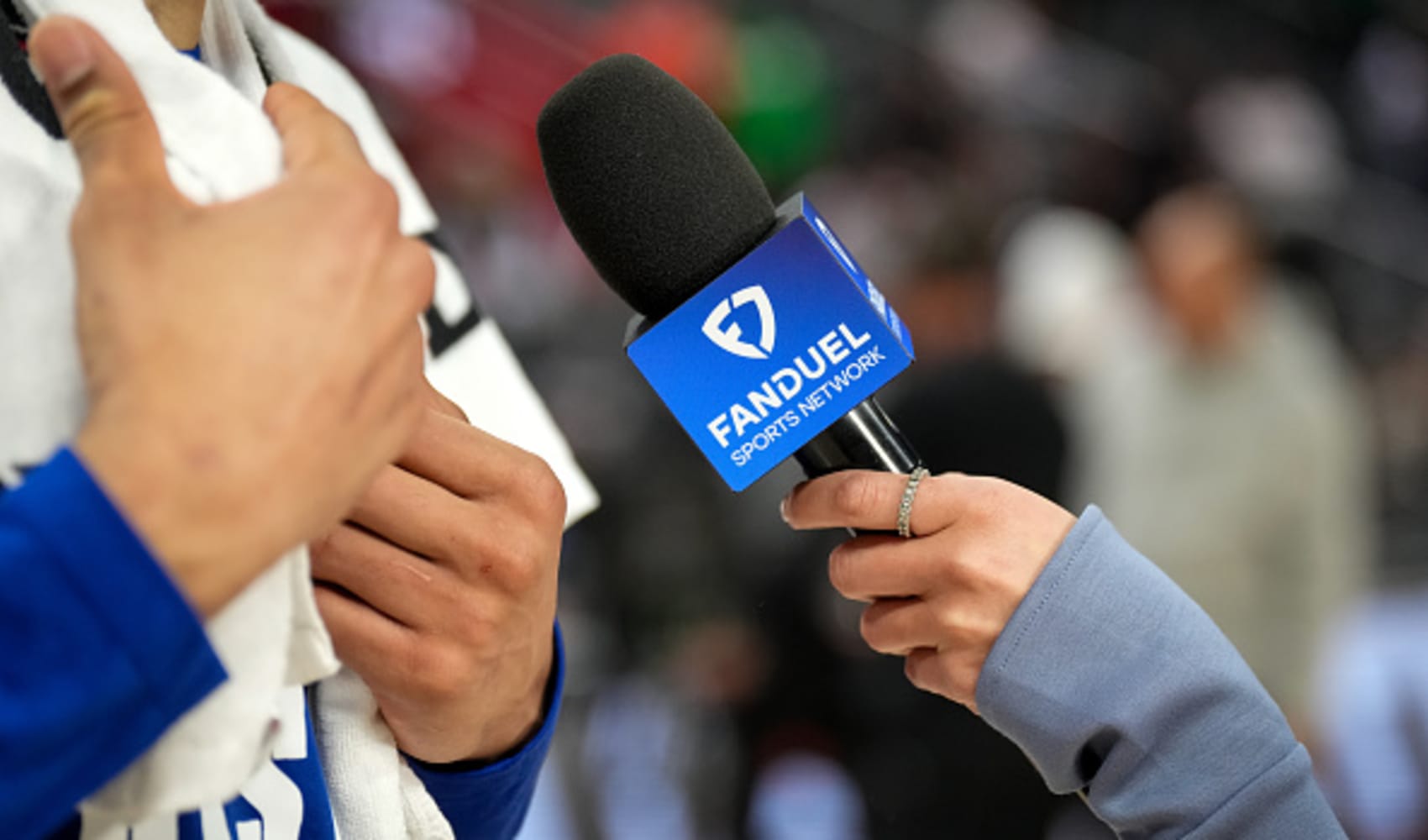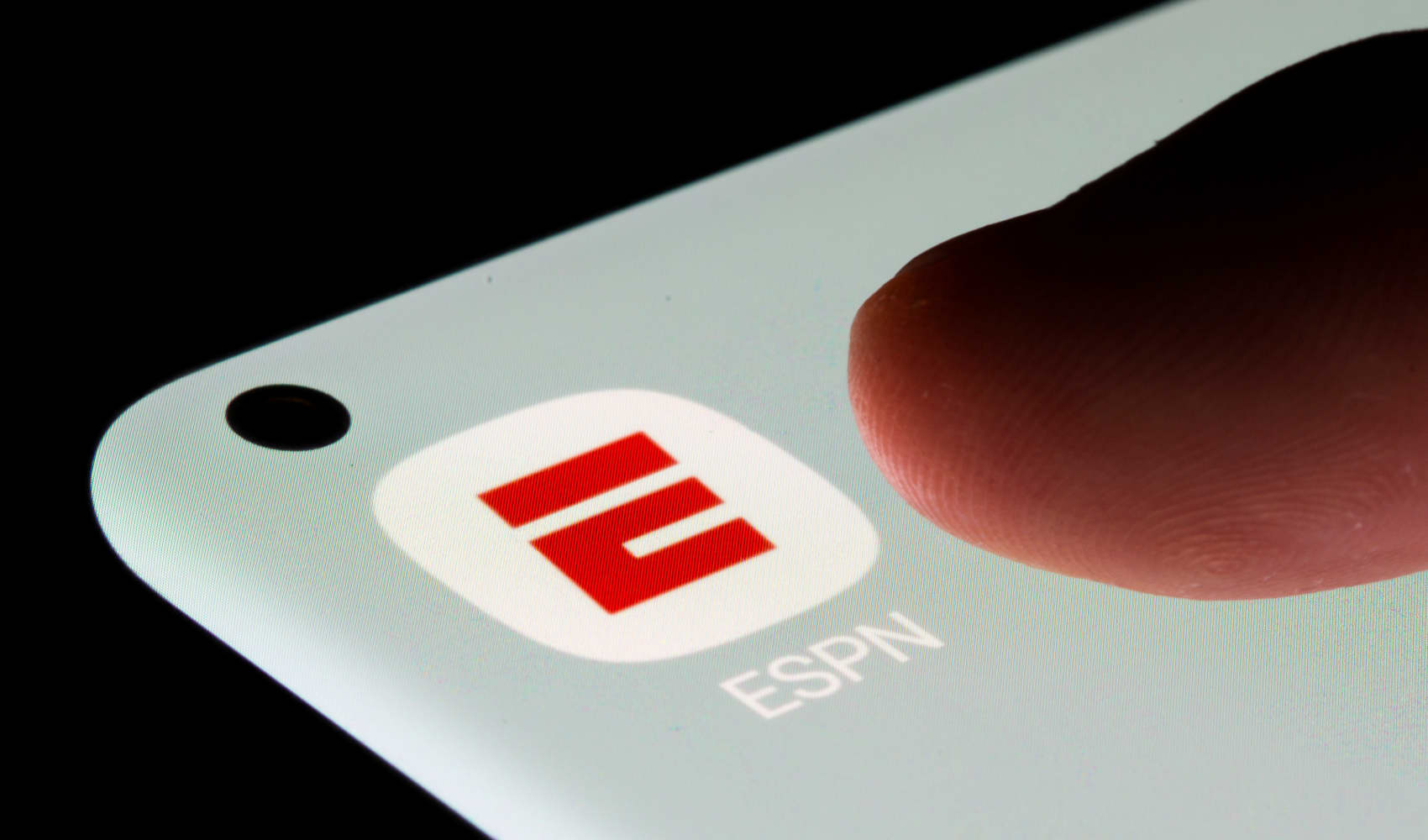FanDuel's Streaming Surge: 650K Subscribers & Growing!
FanDuel Scores Big: Streaming Subscriber Surge for Regional Sports
Introduction: A New Era for Local Sports Broadcasting?
The world of sports broadcasting is constantly evolving. We've moved from rabbit ears to cable, and now, we're firmly planted in the era of streaming. But can streaming truly capture the magic of local sports? Well, FanDuel Sports Network seems to think so, and their recent subscriber numbers suggest they might be onto something!
FanDuel Sports Network: A Streaming Powerhouse
FanDuel Sports Network, the entity behind the regional channels covering a whopping 30 NBA, NHL, and MLB teams, is making waves. They're not just dipping their toes into the streaming pool; they're diving headfirst.
Impressive Subscriber Growth
The network boasts an impressive 650,000 paid streaming subscribers. That's a lot of fans eager to catch their local teams in action! Think of it like this: it's like a small city entirely dedicated to watching regional sports through FanDuel's streaming platform.
Aiming for the Million Mark
And they're not stopping there! FanDuel Sports Network is ambitiously aiming for one million direct-to-consumer (DTC) customers by the end of the year. That’s a bold target, but the recent growth suggests it's within reach. Are they building the future of how we watch our local heroes?
Main Street Sports Group: The Backbone Behind the Network
Behind the FanDuel-branded networks is Main Street Sports Group. This company plays a crucial role in bringing those local games to your screens.
From Bankruptcy to Rebranding
Main Street Sports Group, formerly known as Diamond Sports Group, recently emerged from bankruptcy protection. It's like a phoenix rising from the ashes, ready to tackle the challenges and opportunities of the modern sports broadcasting landscape. They have trimmed their debt and are looking to the future.
A Fresh Start with FanDuel
The rebranding and partnership with FanDuel seem to be paying off. It’s a testament to the power of adaptation and innovation in the face of adversity. Sometimes, all you need is a fresh coat of paint and a new strategy to turn things around.
Regional Sports Networks: Why the Appeal?
What's driving this surge in streaming subscribers for regional sports networks? It’s more than just convenience; it’s about connection.
The Power of Local Fandom
Let's be honest: we love our local teams. It's about more than just the sport; it's about community, shared experiences, and hometown pride. Streaming offers a convenient way to support and follow your local teams, no matter where you are.
Accessibility and Convenience
Streaming offers unparalleled accessibility. Watch games on your phone, tablet, laptop, or smart TV. No more being tied to your cable box! This convenience is a major factor in attracting new subscribers. It's like having a portable sports bar in your pocket.
Cutting the Cord: A Growing Trend
The rise of streaming aligns with the broader trend of "cord-cutting," as consumers ditch traditional cable subscriptions in favor of more flexible and affordable online options. Regional sports networks are perfectly positioned to capitalize on this trend.
Direct-to-Consumer: A Winning Strategy?
The focus on direct-to-consumer (DTC) subscriptions is a key part of FanDuel Sports Network's strategy.
Bypassing Traditional Gatekeepers
DTC allows them to bypass traditional cable and satellite providers, giving them more control over their content and pricing. It’s like cutting out the middleman and going straight to the source.
Building Direct Relationships with Fans
More importantly, DTC allows them to build direct relationships with their fans, fostering loyalty and gathering valuable data to improve their offerings. This allows for customization and a more personalized experience for the viewer.
The Competitive Landscape: Rivals and Challenges
Of course, FanDuel Sports Network isn't operating in a vacuum. They face competition from other streaming services and traditional broadcasters.
Navigating the Streaming Wars
The streaming landscape is crowded and competitive. Players like ESPN+, YouTube TV, and others are vying for viewers' attention and dollars. Standing out requires a compelling offering and effective marketing.
Piracy and Illegal Streaming
Piracy remains a persistent challenge. Illegal streaming sites offer a tempting (but unethical) alternative for those unwilling to pay for legitimate services. Combatting piracy requires a multi-pronged approach, including legal action and improving the value proposition of paid subscriptions.
The Future of Regional Sports Broadcasting: Predictions and Possibilities
What does the future hold for regional sports broadcasting?
Increased Personalization and Interactivity
Expect to see more personalized viewing experiences, with features like customizable alerts, interactive statistics, and social integration. The possibilities are endless! Imagine being able to participate in live polls during the game or chat with other fans in real-time.
The Rise of Microtransactions
We might see the emergence of microtransactions, allowing fans to pay for specific games or highlights rather than committing to a full subscription. This could make regional sports more accessible to casual fans.
Integration with Sports Betting
Given the rise of legalized sports betting, expect to see greater integration between sports broadcasts and betting platforms. This could include real-time odds, in-game betting opportunities, and expert analysis from betting analysts.
Monetization and Sustainability: Making the Numbers Work
Subscriber growth is great, but can FanDuel Sports Network make the numbers work in the long run?
Balancing Subscription Fees and Content Costs
The key is to strike a balance between subscription fees and the cost of acquiring and producing high-quality content. It's a delicate balancing act, like walking a tightrope. Too high a price, and you'll lose subscribers. Too low a price, and you won't be able to afford the games people want to watch.
Exploring Advertising Opportunities
Advertising revenue will likely play a significant role in supporting the network's operations. Expect to see targeted ads tailored to viewers' interests and demographics. But they need to do so without alienating their audience with excessive or intrusive ads.
The Fan Experience: What Matters Most?
Ultimately, the success of FanDuel Sports Network hinges on providing a great fan experience.
High-Quality Streaming and Reliable Performance
Reliable streaming and high-quality video are essential. Nobody wants to watch a game that's constantly buffering or freezing. It's like trying to enjoy a concert with a broken sound system.
Engaging Content and Expert Commentary
Beyond the games themselves, fans crave engaging content, insightful commentary, and behind-the-scenes access. This means investing in talented announcers, analysts, and reporters.
Conclusion: A Promising Future for Streaming Sports
FanDuel Sports Network's streaming subscriber growth is a promising sign for the future of regional sports broadcasting. With a strong focus on direct-to-consumer relationships, high-quality streaming, and engaging content, they are well-positioned to capitalize on the growing trend of cord-cutting. Reaching 650,000 paid subscribers and aiming for one million by year's end demonstrates the viability of streaming local sports. Whether they achieve their ambitious goals remains to be seen, but one thing is clear: the game is changing, and FanDuel Sports Network is a key player.
Frequently Asked Questions
- What is FanDuel Sports Network?
FanDuel Sports Network is a network of regional sports channels covering 30 NBA, NHL, and MLB teams, offering live games and related content through a streaming subscription service.
- How much does a FanDuel Sports Network subscription cost?
Subscription pricing can vary depending on the region and package. You should check the FanDuel Sports Network website for specific pricing information in your area.
- What devices can I use to watch FanDuel Sports Network?
FanDuel Sports Network is typically available on a variety of devices, including smartphones, tablets, computers, and smart TVs. Check their website or app store listings for supported devices.
- What happens if I can't find my local team on FanDuel Sports Network?
Availability can vary by region due to broadcast rights. Consult the FanDuel Sports Network channel listings to verify if your team's games are included in your subscription package.
- How is FanDuel Sports Network different from traditional cable sports channels?
FanDuel Sports Network offers a direct-to-consumer streaming option, allowing you to watch regional sports without a cable subscription. This can provide more flexibility and potentially lower costs, but also depends on your local area and availability of the content you are looking for.


